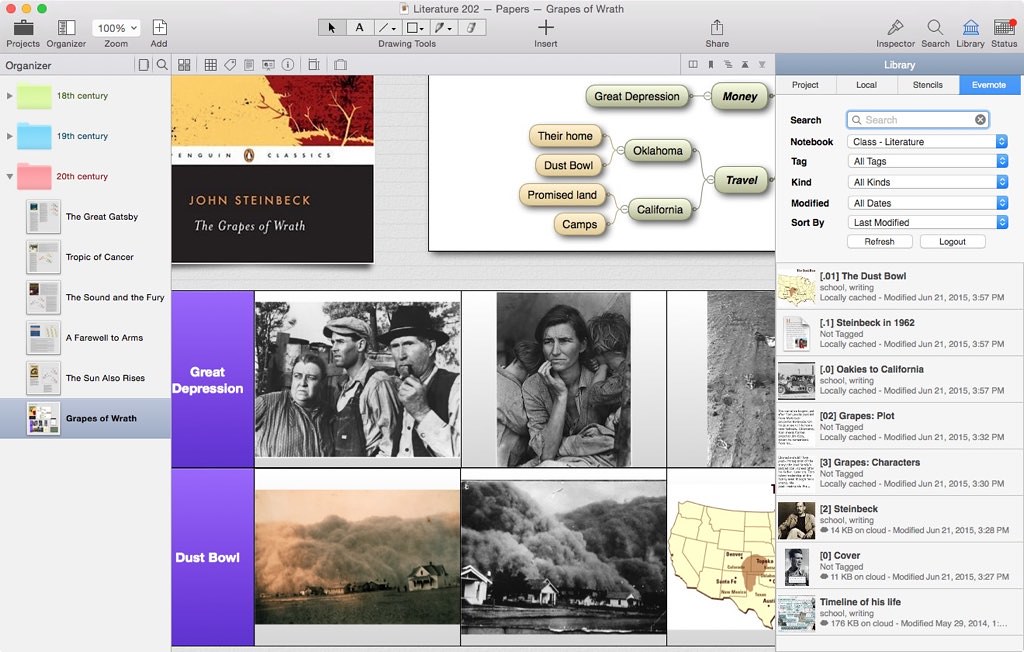

In his rehabilitation of the speculative builder, Lucey brings together sources from architectural history, social history, and material culture, as well as economic and trade history. ‘Going beyond the traditional presentation of the builder as solely involved in the production of the building, Lucey reveals how because the speculative builder does not neatly fit into this simplified role, he has been overlooked in the scholarship.

It also pays due regard to previous scholarship and he deploys the appropriate quantum of theory and historiography in respect of aesthetics, architecture and design as well as urban development.'īrendan Twomey, Journal of the Royal Society of Antiquaries of Ireland His study is impressively interdisciplinary, insightfully comparative as it engages in studies of London, Dublin, and Philadelphia and is deeply evidence based. Lucey's sophisticated, impressive, well-illustrated and well-written study is not just about Ireland. ‘ is one of the most insightful books on Irish architectural history to have been published in the past decade. For these reasons, it deserves to be read widely by anyone interested in the history of the articulation and practice of design in this period.' ‘Building Reputations makes an important contribution not only to revisionist architectural history, but also to recent art and design histories that have sought to recuperate the complexity of workshop production and artisanal epistemology, and to acknowledge the critical capacity of craft.3 It adds builders to the orbit of better-known histories of artisanal trades such as cabinetmakers, ceramicists, and silver- and goldsmiths. For the first time, Building reputations considers the artisan as both a figure of building production and an agent of architectural taste.
Master pdf editor 4.1.30 nmac ked manual#
Drawing on extensive primary source material, from property deeds and architectural drawings to trade cards and newspaper advertising, this book rehabilitates the status of the house builder by examining his negotiation of both the manual and intellectual dimensions of the building process. But while the scenographic quality of Bath and the stuccoed interiors of Dublin have long enjoyed critical approbation, the ‘typical’ house is understood less in terms of design and more in terms of production: consequently, historians have emphasized the commercial motivations of this artisan class at the expense of how they satisfied the demands of an elite, and taste-conscious, real estate market. From London and Dublin to Boston and Philadelphia, these houses collectively formed the streets and squares that became the links and pivots of ‘enlightened’ city plans, and remain central to their respective historic and cultural identities. Created for the upper tier of the social spectrum, these houses were largely designed and built by what is customarily regarded as the lower tier of the architectural hierarchy that is, by artisan communities of bricklayers, carpenters, plasterers and related tradesmen. This book advances an innovative look at a well-known, if arguably often misunderstood, historic building typology: the eighteenth-century brick terraced (or row) house.


 0 kommentar(er)
0 kommentar(er)
